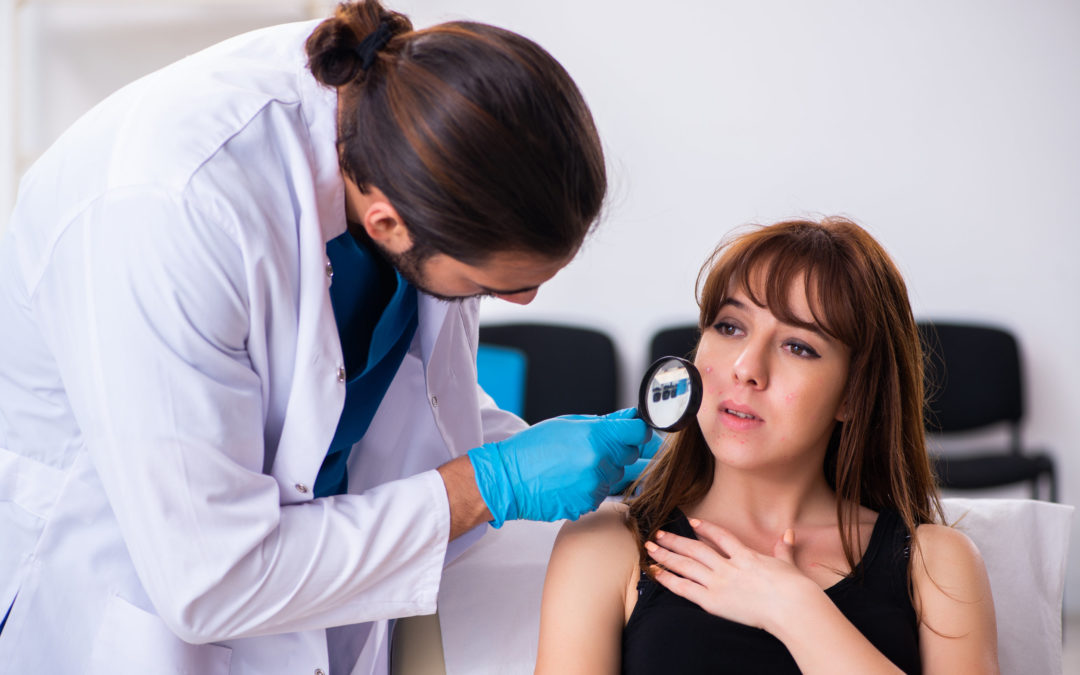Skin cancer is the most common form of cancer in the United States today, and it regularly impacts an estimated one in five Americans. Given the prevalence of skin cancer, it’s crucial to protect your skin with sunscreen and limit your exposure to the sun as it will help reduce your risk. Additionally, regular skin exams will also play an important role in preventing skin cancer and may even allow early detection.
What is a Skin Exam?
During a typical skin exam, your doctor will closely examine your skin for potentially-cancerous moles and growths. While it’s important to self-check your skin every few months, a medical professional can effectively check your entire body and quickly identify any moles that may be of concern. Any suspicious moles can then be partially removed and sent for an official biopsy to determine if skin cancer is actually present.
How Often Should I Get an Exam?
It’s advised that most individuals should receive a skin exam once per year. However, your personal skin cancer risk can also determine how often you may need a skin exam. Individuals who are at a higher risk of skin cancer may need to receive more frequent screenings.
You may be considered to be at a higher risk for skin cancer if:
- You have a family history of skin cancer.
- You have over 50 moles.
- You have a naturally lighter skin tone.
- Your skin burns easily, reddens, freckles, or develops sensitivity to sun exposure.
- You have blonde or red hair.
- You have blue or green eyes.
- You have a precancerous condition, such as actinic keratosis or dysplastic nevi.
- You have a personal history of skin cancer.
- You’ve had one or more blistering sunburns.
- You have used a tanning bed.
- You’ve experienced a high level of sun exposure.
- You’ve undergone radiation therapy.
To schedule your next skin cancer screening, reach out to The Bowman Institute today!

